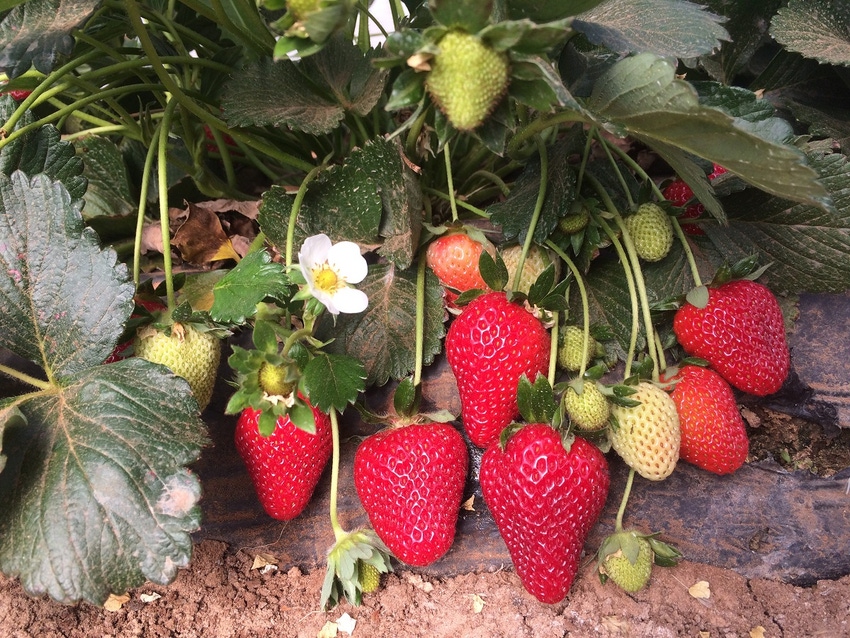March 21, 2016

A passion for helping limited-resource strawberry producers become successful has again paid off for a team headed by a Texas A&M AgriLife Extension Service horticulturist at Lubbock.
Dr. Russ Wallace was notified in late February that the project, “Evaluating Organic Pest Control Products for Strawberries in Combination with High and Low Tunnels for Limited Resource Farmers in the Mid-South” was awarded $246,413 for research and education purposes from Southern Sustainable Agriculture Research and Education.
For the latest on southwest agriculture, please check out Southwest Farm Press Daily and receive the latest news right to your inbox.
Wallace said the project is a collaborative effort among AgriLife Extension, the lead institution, Prairie View A&M University, University of Arkansas, Texas Organic Farmers and Gardeners Association and five participating strawberry growers in Arkansas and Texas.
Wallace’s group was also the recipient of an earlier grant to research high tunnels that helped introduce the technique to a wide audience across Texas. New interest in high tunnels stems from their research supported the U.S. Department of Agriculture Natural Resources Conservation Service High Tunnel Seasonal Initiative Cost-Share Program in Texas.
The Quonset hut-style structures allow crops to be planted directly in the ground underneath plastic covers where they are protected from the elements. Aside from protecting the delicate fruit, this also allows growers to hit the earlier more lucrative strawberry market, Wallace said.
Low tunnels, Wallace explained, are miniature knee-high row cover versions of the much larger high tunnels.
CHALLENGES EXIST
But as so often happens with anything new, Wallace said, the tunnels come with their own set of problems, which his project group will address.
“This new project running through 2019 was initiated because of results from our previously funded strawberry project with the National Strawberry Sustainability Initiative, which ran from 2013-2015,” Wallace said.
“In 2015, many of our Texas limited-resource organic strawberry growers reported losing between 50 to 90 percent of their crop at harvest due to high disease incidence from the wet spring weather. And many of our high tunnel growers often find a higher incidence of pests simply because the environment is improved for both the crop and the pests.”
Organic growers are interested in using biocontrol products to control diseases and insects; however, the products first must be proven effective under our diverse climates, Wallace said. His group’s charge now is to evaluate commercially available registered biological and other biocontrol products for control of strawberry pests.
BIOCONTROLS STUDIED
“Our project will determine their efficacy as well as their cost-effectiveness in organic strawberries,” he said. “Biocontrol products also must be economical to be sustainable. Our collaborating growers will evaluate selected products on their farms using their own production methods, high tunnels or otherwise, while researchers will conduct more in-depth trials at university farms.”
Wallace said the current project’s educational component will provide training opportunities for interested growers, Extension agents and crop consultants through on-farm demonstration trials, field days, conferences and workshops where the results and experiences with the products being tested will be shared.
And finally, prior to completion of the project, the group will publish a “Biocontrol Guide for Strawberries in the Mid-South” based on the project’s grower and research results.
“Bottom line, the results of this project will greatly benefit our limited-resource farmers with scientifically based management solutions for controlling pests in organic and sustainable strawberry production. Doing so will improve their chances for greater success and profitability,” he said.
For more information on Texas strawberry production go to the AgriLife Bookstore to purchase or download the ‘Production Guide for Texas-Grown Strawberries,’ or to the Texas Strawberry Project Facebook page or contact Wallace at 806-746-6101, [email protected].
You May Also Like




